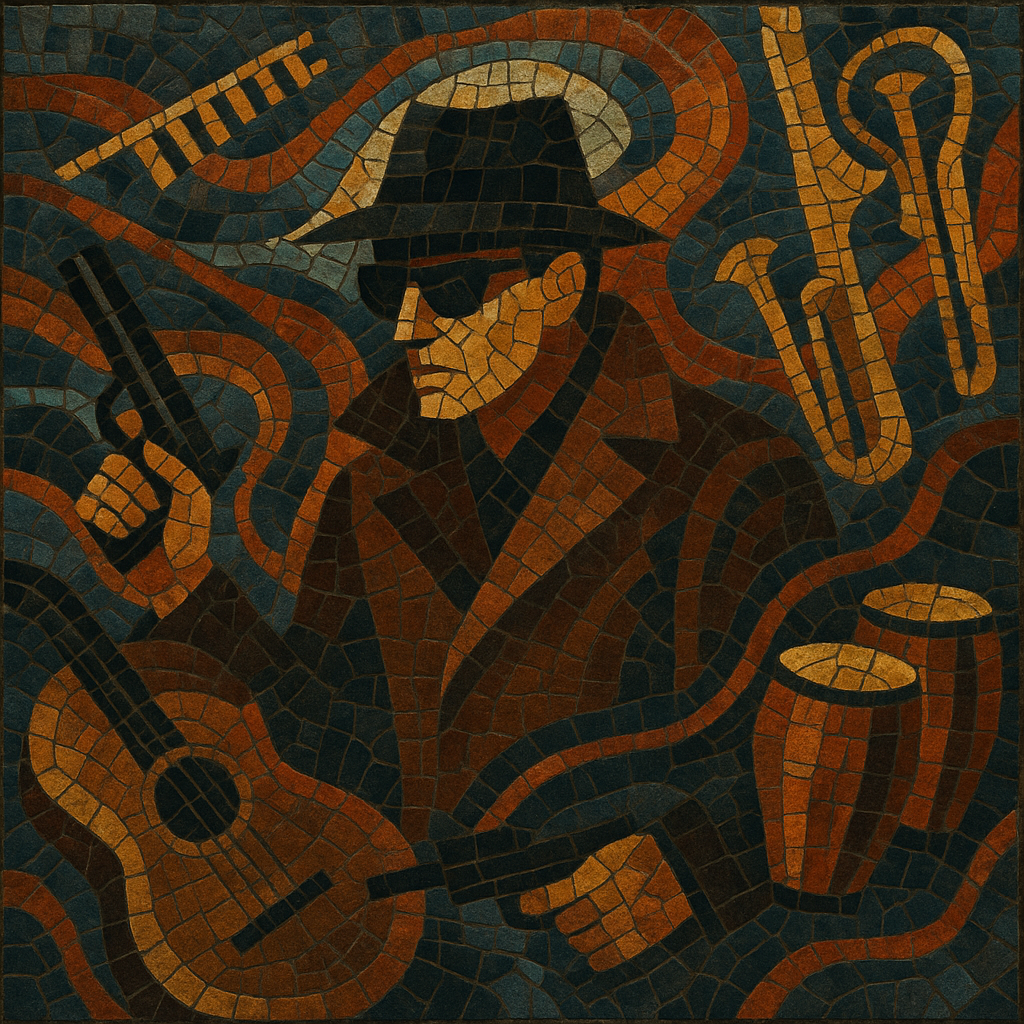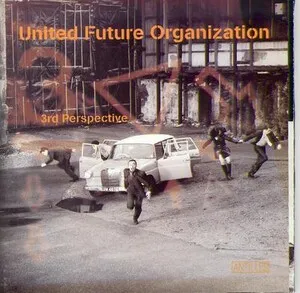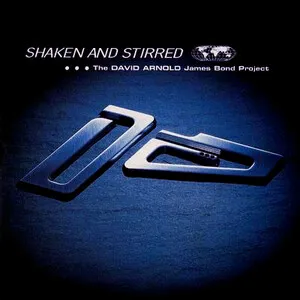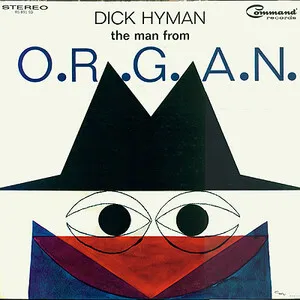Spy music is a mid‑century cinematic and television style associated with espionage, intrigue, and sleek, modern cool. It blends jazz harmony and rhythm with orchestral punch, surf‑style electric guitar twang, vibraphone shimmer, and Latin/ lounge percussion to create an atmosphere of danger and sophistication.
Common traits include minor‑key and modal melodies, chromatic riffs, sneaking ostinatos, bold brass stabs, and unusual meters (famously 5/4). The palette often features tremolo electric guitar with spring reverb, vibraphone, flutes and saxophones, tight bass and bongos, and dramatic strings. The overall effect evokes covert action, high style, and a sense of suave tension.
Spy music emerged alongside the spy‑fi boom of the early 1960s, crystallizing with the James Bond films. British composer John Barry (building on Monty Norman’s original Bond theme) codified the sound: minor‑key chromatic riffs, brassy hits, vibraphone, and a twangy, reverb‑laden electric guitar. In parallel, U.S. and U.K. TV cultivated the idiom with sleek, jazz‑leaning scores.
The style flourished across film and television. Lalo Schifrin’s Mission: Impossible (in 5/4) showcased asymmetric meters and taut orchestration. Jerry Goldsmith contributed razor‑edged cues to The Man from U.N.C.L.E., while Edwin Astley (The Saint) and Laurie Johnson (The Avengers) defined the dapper London variant. Henry Mancini, though rooted in crime jazz, infused espionage and caper films with silky orchestration and memorable motifs. A wave of Eurospy productions extended the language across continental cinema.
Spy music fused crime jazz grooves, big‑band brass, surf‑guitar timbres, and easy‑listening/ lounge textures with symphonic writing. Hallmarks included chromatic ostinatos, “spy chords” (minor chords colored with major 7ths/9ths), dramatic string swells, and percussion that mixed drum kit with bongos/ congas and auxiliary toys (shakers, claves).
A 1990s lounge/ retro renaissance and sample‑based genres rekindled interest, while films and series continued to reference the idiom. Contemporary Bond scores (e.g., David Arnold’s tenure) refreshed the palette with electronics and heavier percussion while preserving classic harmonic and melodic fingerprints. The style’s DNA remains a go‑to shorthand for suspenseful elegance in trailers, games, and advertising.








